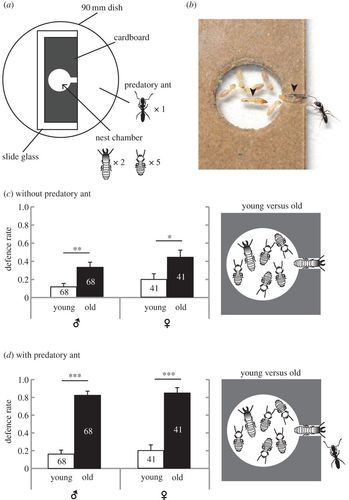
My friend Nikhil recently made a great point about how more startups are serving both consumers and enterprises. “The technology world used to clearly segment businesses by consumer or enterprise,” he wrote. “But those lines have been blurring for quite some time. The most interesting companies don’t fit into either bucket.” He cites Zoom, Amazon, PayPal, Notion, and many others as examples of this trend.
I saw this firsthand at eBay. It started as a consumer company, but very soon, two things happened:
1. Sellers on the marketplace realized eBay could morph from a fun side hustle into a profitable main business. Some of these sellers grew into SMBs. The world is full of enterprising people. And when your product encourages them, they will find new and interesting ways to stretch and use it.
2. Businesses realized there were a lot of buyers on eBay. It became an attractive additional storefront for them to sell their wares.
By the time I got there, eBay was already both a consumer (p2p) and a business company (b2c and early signs of b2b).
So, I agree with Nikhil 100% that the next big thing will be both consumer and enterprise. However, I believe there is an even more important lens to evaluate companies: mission.
I think of a company’s mission or purpose as its raison d’etre.
- Why does the company exist?
- At scale, what problem does the company solve?
- If the company solves the problem, does it make our world significantly better?
If your company can answer that final question with a resounding “yes,” you are at a big advantage.
One advantage is that you can hire talent at reasonable rates, because people buy into the mission. Gen Z is the first generation to prioritize purpose over money. If they authentically believe in what they are working towards, their commitment level is incredibly high.
Another advantage of being mission-driven is resilience. All startups hit speed bumps, but with a strong mission and a team of believers, these become easier to weather. The purpose will help guide your team through the hard times.
Finally, customers value mission, too. Millennials and Gen Z care deeply about which brands they patronize. When they see a mission-driven company that aligns with their values, it is much more likely they will form a strong affinity for the brand.
At eBay, employees thought about the mission every day. Last week, I was catching up with a former eBay colleague, and he expressed the desire to be driven by mission again: “I mean, we weren’t working for just any company.” When you’re helping expand access to economic opportunity, and you’re doing that with a great team, it’s a powerful thing (and it’s a ton of fun).
Core, one of our portfolio companies, exemplifies this idea of consumer + enterprise + mission. It’s a mental performance company that encourages meditation. Consumers are adopting it, and companies are buying Core to help their employees find a sense of calm and focus. Their mission, to cement mental performance as a pillar of well-being, gives them an important advantage.
Historically, mission (or purpose) has been sneered at. Investors believed the lack of singular focus on money led to sub-commercial returns and failed startups.
Not us. At Spero, we believe that when you combine a great business model (an absolute must) with a great mission, magic happens. Purpose is not just icing on the cake. When a company, by executing on its core business, makes the world better, that’s a huge win. eBay, Tesla, and WhatsApp are all examples.
Mission/purpose is your secret sauce. It’s your superpower. That’s why I believe the best companies of our generation will be purpose-driven.








